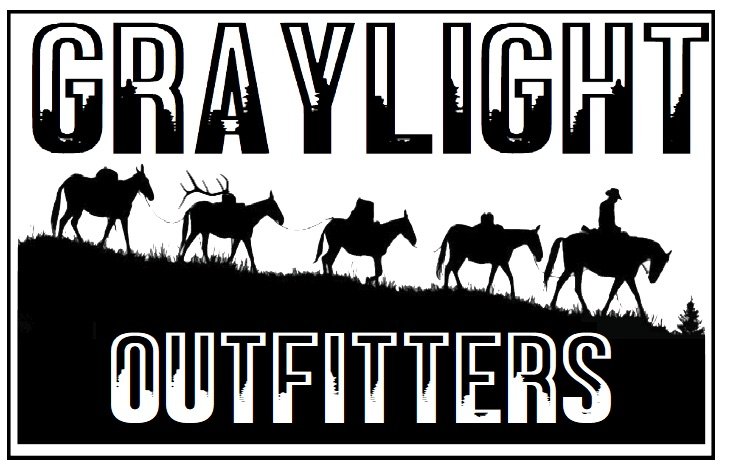Introduction:
Hunting trophy elk in the vast and breathtaking Wyoming wilderness is a dream for many avid hunters. The state's diverse ecosystems, ranging from high alpine meadows to rugged canyons, offer an ideal habitat for elk to thrive. Achieving consistent success requires a combination of skill, knowledge, preparation, and ethical hunting practices. This essay delves into the strategies and considerations for hunting trophy elk each year, with a special focus on Wyoming's wilderness areas.
Understanding the Elk:
Trophy elk hunting begins with a comprehensive understanding of the animal's behavior, habits, and preferences. Elk are large herbivores that seek a combination of food, water, and cover. They are known for their migratory patterns, moving from high mountain ranges during summer to lower elevations during harsh winters. By studying elk biology, tracking migration routes, and familiarizing yourself with their communication patterns, you can enhance your chances of success.
Research and Planning:
A key step in hunting trophy elk each year is thorough research and meticulous planning. Wyoming offers various wilderness areas that are rich in elk populations, including the Shoshone National Forest, Bridger-Teton National Forest, and the Wind River Range. Obtain detailed maps of these regions, marking water sources, feeding areas, and potential travel corridors. Utilize online resources, consult with local wildlife agencies, and consider hiring an experienced guide to gain insights into recent elk movements and behavior.
Physical Conditioning:
Hunting elk demands physical endurance and stamina. The rugged terrain and high altitudes of Wyoming's wilderness areas require hunters to be in peak physical condition. Engage in regular cardiovascular exercises, strength training, and hiking with a loaded backpack to simulate hunting conditions. Adequate preparation will not only improve your hunting success but also ensure your safety in challenging environments.
Gear and Equipment:
Equipping yourself with the right gear is crucial for a successful hunt. Prioritize high-quality gear, including a reliable rifle or bow, appropriate ammunition or arrows, clothing suitable for changing weather conditions, a spotting scope, range finder, and essential survival items. Additionally, opt for lightweight yet durable gear to minimize the physical strain of carrying equipment over long distances.
Scouting and Preseason Preparation:
Scouting is an integral part of trophy elk hunting. Visit your chosen wilderness area before the hunting season to identify feeding areas, wallows, bedding sites, and migration routes. This firsthand knowledge will give you a competitive edge when the hunting season begins. Set up trail cameras to monitor elk movement patterns, paying close attention to their habits during different times of the day.
Mastering Stealth and Camouflage:
Elk have a keen sense of smell, acute hearing, and sharp eyesight, making stealth and camouflage paramount. Avoid using scented products and ensure your clothing is scent-free. Move slowly and deliberately, utilizing the terrain and natural cover to your advantage. Opt for earth-toned camouflage that blends seamlessly with the surroundings.
Understanding Weather Patterns:
Weather plays a pivotal role in elk behavior. Study local weather patterns, as drastic changes can influence elk movement and feeding behavior. During adverse weather, elk might seek shelter in dense cover, allowing you to anticipate their locations and plan your approach accordingly.
Ethical and Respectful Hunting:
Responsible hunting practices are essential for preserving elk populations and the wilderness ecosystem. Respect hunting regulations, including tag limits, hunting seasons, and firearm restrictions. Additionally, practice ethical hunting by taking ethical shots that ensure a quick, humane kill, and strive to utilize as much of the harvested animal as possible.
Adapting and Learning:
Each year's hunting experience provides valuable insights. Adapt and refine your strategies based on your successes and failures. Learn from experienced hunters, share your experiences, and engage in a continuous cycle of improvement to consistently enhance your hunting skills.
Conclusion:
Hunting trophy elk in Wyoming's wilderness areas requires a harmonious blend of knowledge, preparation, physical fitness, and respect for nature. By immersing yourself in the elk's habitat, understanding their behavior, and practicing ethical hunting, you can pursue the thrill of harvesting a trophy elk year after year. Remember that the journey itself is as significant as the end result, fostering a deep connection with nature and the wild landscapes of Wyoming.
